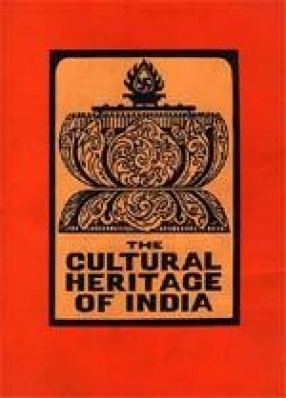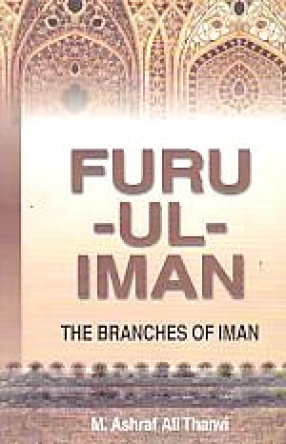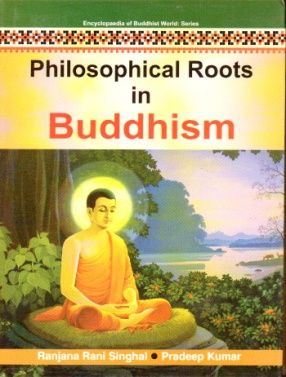This study of Sikhism lays the foundation for a major reinterpretation of religion and society in India. Harjot Oberoi provides in this book an alternative to earlier scholarly narratives that saw Sikhism, Hinduism and Islam as historically given categories encompassing well-demarcated and self-conscious units of religious identity. Through a searching examination of Sikh historical materials, he shows that early-period Sikh tradition was not unduly concerned with establishing distinct religious boundaries. There was nothing unusual about such a position within the Indian cultural environment, where there were strong traditions of ambiguity and fluidity within definitions of religious identity. However, a dramatic change came about with the rise of the Khalsa in the eighteenth century; sections of the Sikh population now consciously begin to push for a distinct and separate religious culture. Yet the growing hegemony of the Khalsa Sikhs did not put an end to religious fluidity within Sikh tradition. Large numbers of Sikhs continued to interpret and reinterpret Sikh tradition differently from the Khalsa Sikhs, with the result that there was immense diversity within Sikh society for much of the nineteenth century. In the absence of a centralized church and religious hierarchy, there existed a heterogeneity in religious beliefs, rituals, and lifestyles. Most Sikhs moved in and out of multiple identities grounded in local, regional, religious and secular loyalties. Consequently, religious identities were highly blurred and several competing definitions of who constituted a Sikh were possible. By the closing decades of the nineteenth century the Singh Sabha, a wide-ranging religious movement, began to view the multiplicity in Sikh identity with suspicion and hostility. Social and cultural forces unleashed by the Raj helped the Singh Sabha’s powerful project to recast Sikh tradition and purge it of diversity. There now appeared a systematized discourse of what it meant to be a Sikh, and a new cultural elite aggressively usurped the right to represent others within the tradition. Their ethnocentric logic subsumed other identities and dissolved alternative ideals under a monolithic, codified, and closed culture. Those who deviated from this new great tradition were displaced towards the margins of Sikh religious culture and replaced by people who espoused the identity of modern Sikhism. This volume is a study of the transitional process: of how one religious world view was replaced by another. It will interest all who read social history, cultural anthropology, the history of religion, and post–structuralist theory.
The Cultural Heritage of India: Itihasas, Puranas, Dharma and other Sastras (Volume II)
The Cultural Heritage of ...
$60.30
$67.00





There are no reviews yet.